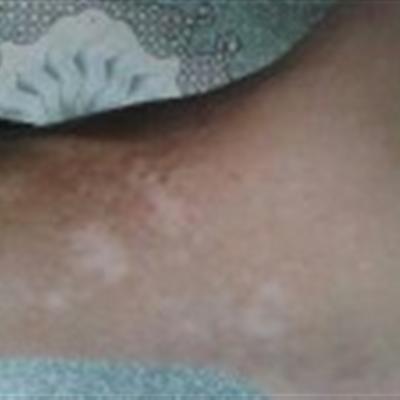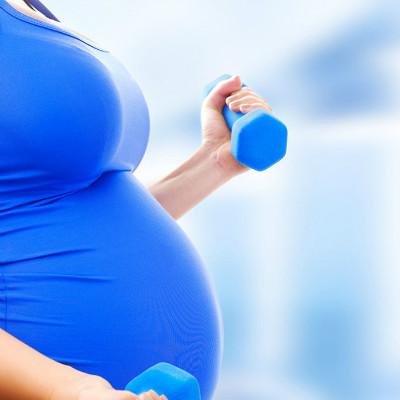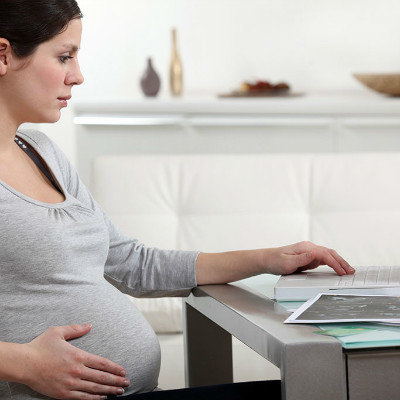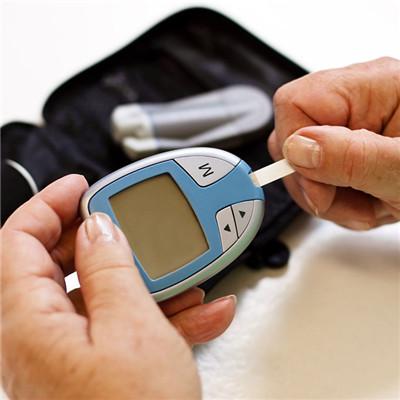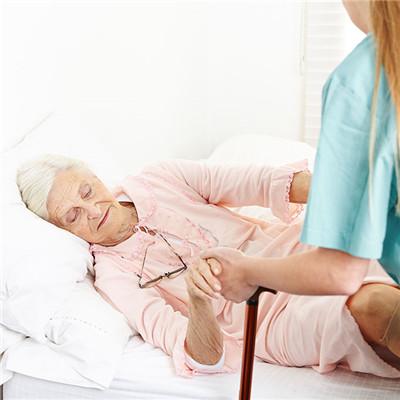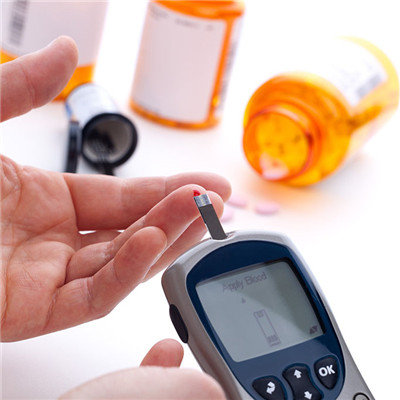What symptom is appendicitis?
summary
Appendicitis is a very common disease, there are acute and chronic points, patients in the onset of abdominal pain, especially acute, if not treated in time, people will appear shock symptoms, all when your body has symptoms of appendicitis, it must be sent to the hospital in time, let's see what symptoms of appendicitis?
What symptom is appendicitis?
Abdominal pain is the most common symptom, appendicitis abdominal pain is characterized by metastatic abdominal pain, that is, at the beginning of the abdominal pain around the navel, after a few hours or half a day abdominal pain transferred to the right lower abdomen. Most of them are persistent pain, and may have paroxysmal aggravation. Children often lie on their right legs and dare not walk straight. Babies often express abdominal pain by crying. Children often lie in bed and dare not move or groan.
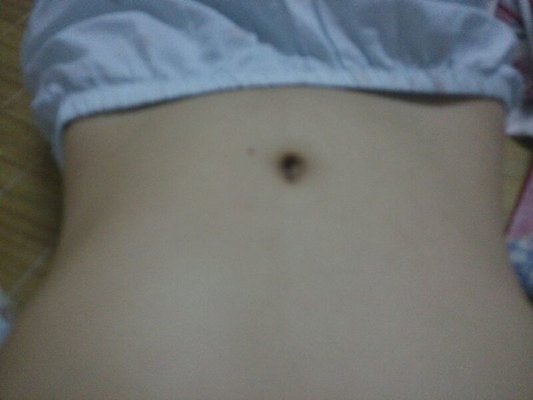
Fever: generally, fever can occur within a few hours after the onset of the disease. With the development of the disease, the body temperature rises to 38 degrees - 39 degrees or even higher. Gastrointestinal symptoms: most children have loss of appetite at the beginning of the disease, nausea and vomiting, some children have constipation or diarrhea.
In the early stage of skin hypersensitivity, especially when there is obstruction in the appendix cavity, skin hypersensitivity in the right lower abdomen can occur, which is equivalent to the innervation area of the 10th to 12th thoracic spinal cord segment. It is located in the triangle area composed of the highest point of the right iliac crest, the right pubic crest and the umbilicus, also known as the sherren triangle, If the appendix is gangrenous and perforated, the skin hypersensitivity in this triangle will disappear.
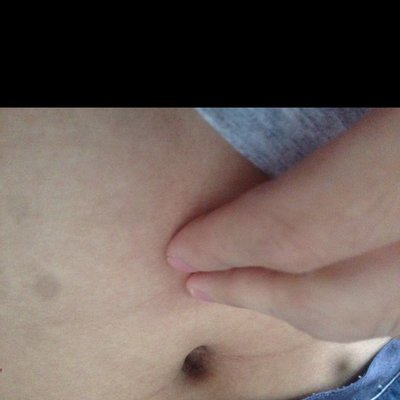
matters needing attention
Antibiotics can be used for non-surgical treatment. When the diagnosis of acute appendicitis is clear and there are indications for operation, but the patient's physical conditions or objective conditions do not allow, non-surgical treatment can be taken first to delay the operation. If acute appendicitis has been combined with limited peritonitis, forming inflammatory mass, non-surgical treatment should also be used to make the inflammatory mass absorbed, and then consider selective appendectomy. Patients should rest in bed, fast, and give intravenous infusion of water, electrolyte and heat.





